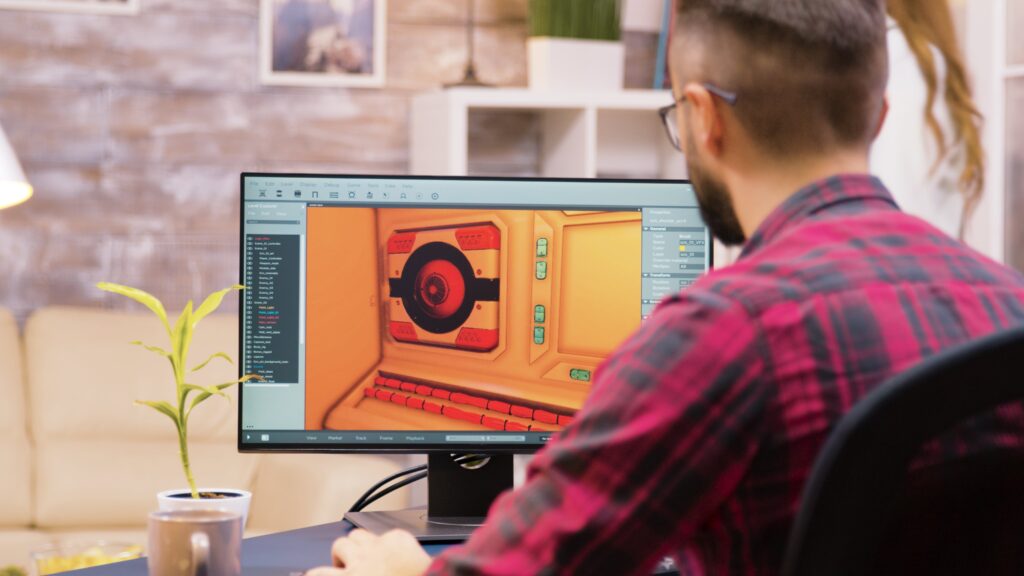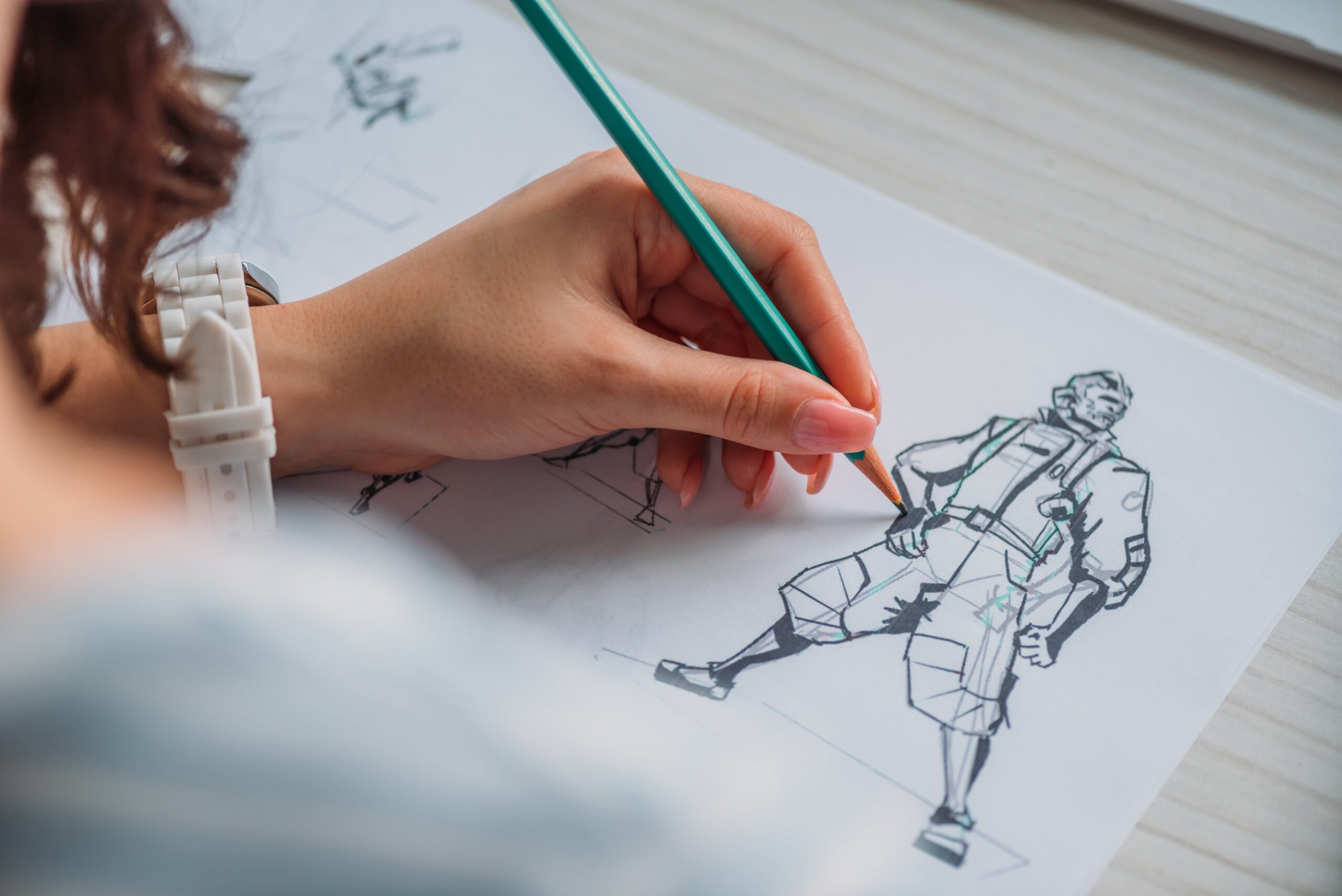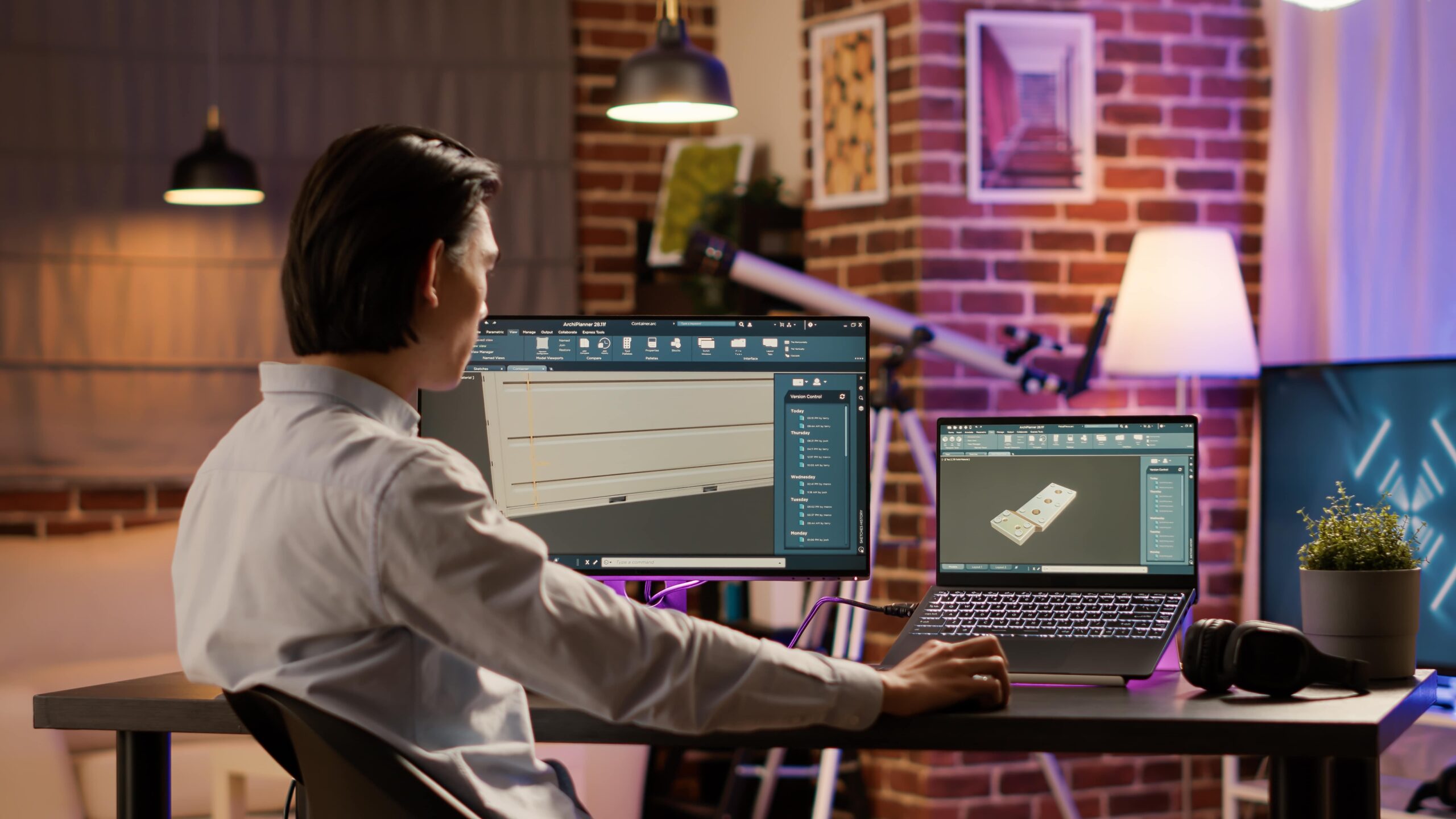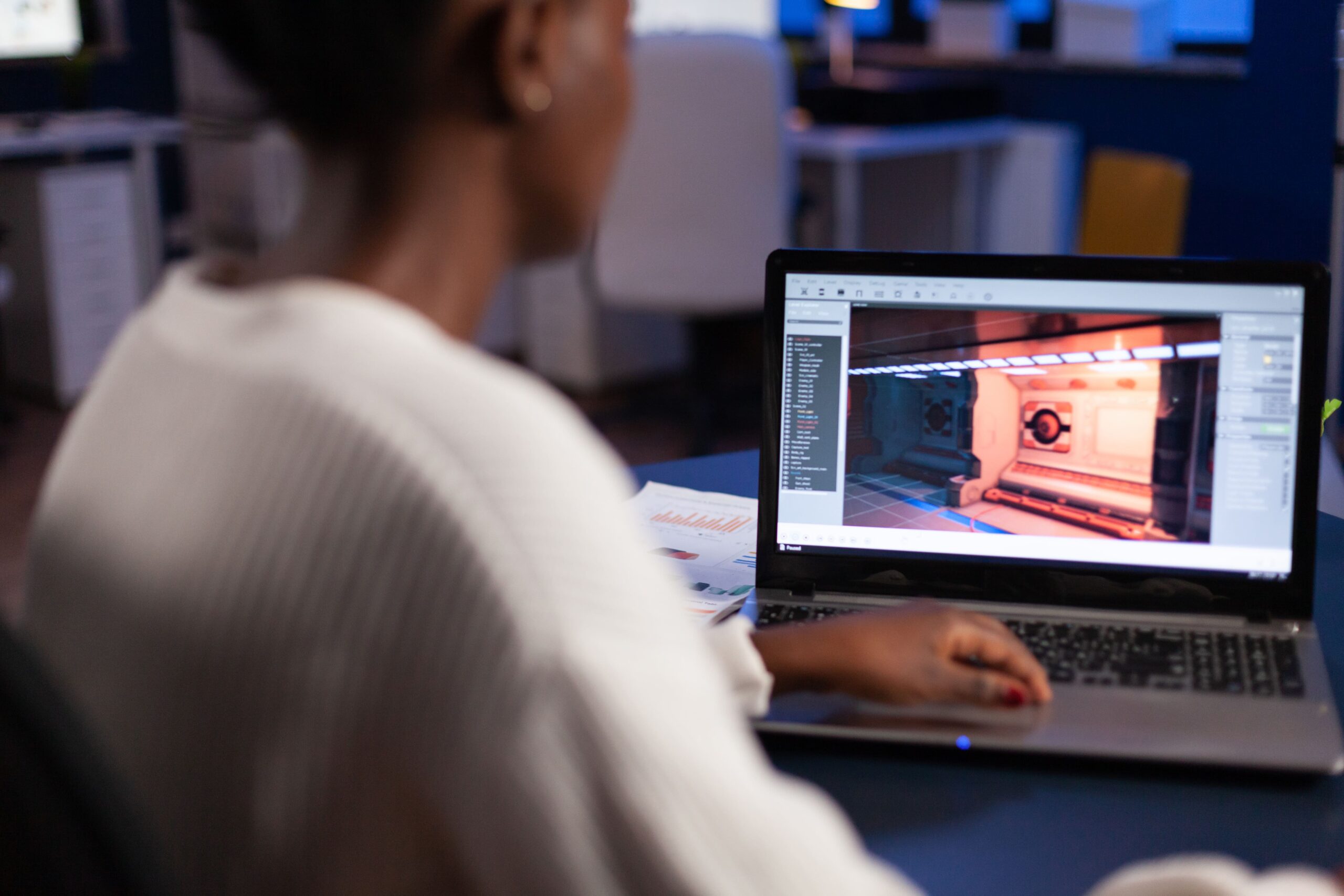In the dynamic world of animation, mastering the art of developing a unique animation style guide is a crucial step toward establishing your creative identity and standing out in the industry.
Whether you’re a seasoned animator looking to refine your approach or a newcomer eager to make your mark, crafting a distinctive animation style guide can elevate your work to new heights of creativity and innovation.
Define Your Creative Vision
At the core of developing a unique animation style guide is defining your creative vision. What themes, motifs, and visual elements inspire you? What emotions do you want your animations to evoke? By clarifying your creative vision, you lay the foundation for a style guide that reflects your unique perspective and resonates with your audience.
Research and Inspiration
Research serves as a vital component in the development of a unique animation style guide. Dive into a diverse range of animation styles, from traditional hand-drawn techniques to cutting-edge 3D animations.
Drawing inspiration from various sources such as art, film, and graphic design can help you cultivate a rich visual language that informs your style guide and sets your work apart.
Establishing a Visual Identity
A strong visual identity is key to creating an effective animation style guide. Consider elements like color palettes, typography, and character design that will define the look and feel of your animations.
Experimenting with different visual styles and techniques can help you discover a unique aesthetic that resonates with your audience and showcases your creative vision.
Consistency is Key
Consistency plays a crucial role in the development of an animation style guide. Ensuring that all elements of your animations, from character design to background art, align with your established visual identity is essential.
Consistent use of color, shape, and composition can create a cohesive look that reinforces your brand and captivates viewers.
Typography and Motion Graphics
Typography and motion graphics are significant aspects of animation style guides. Selecting fonts that complement your visual style and enhance the overall aesthetic of your animations is essential.
Experimenting with kinetic typography and dynamic motion graphics can add depth and dimension to your work, enhancing its visual appeal.
Animation Techniques and Tools
Mastering a variety of animation techniques and tools is essential for bringing your style guide to life. Whether you prefer traditional frame-by-frame animation or modern digital software, familiarizing yourself with different techniques can enhance your storytelling capabilities.
Exploring the possibilities of 2D and 3D animation can help you create visually engaging animations that captivate your audience.
Feedback and Iteration
Seeking feedback from peers and mentors is a valuable part of the creative process. Sharing your animation style guide with trusted colleagues and collaborators can provide insights and suggestions for improvement.
Embracing constructive criticism as an opportunity to refine your style guide can elevate the quality of your animations and push your creative boundaries.
Showcasing Your Work
Once you have developed a unique animation style guide, it’s time to showcase your work to the world. Creating a portfolio or demo reel that highlights your best animations and demonstrates your creative vision can attract potential clients and collaborators.
Sharing your work on social media platforms and professional networking sites can help you reach a wider audience and establish your presence in the industry.
Continuing Education and Growth
The animation industry is constantly evolving, with new technologies and trends shaping the way content is created and consumed. Staying informed about the latest developments in animation is crucial.
Seeking out opportunities for continuing education and professional growth, such as workshops, seminars, or online courses, can expand your skills and keep you competitive in the industry.
Embracing Your Unique Style
Above all, it’s important to embrace your unique style and creative voice throughout the process of developing an animation style guide. This journey of self-discovery and artistic exploration allows you to stay true to your vision, experiment with new techniques, and push the boundaries of your creativity.
By embracing your unique style, you can create animations that resonate with audiences and leave a lasting impression.
Key Takeaways:
- Define your creative vision and the emotions you want to convey.
- Research various styles and sources of inspiration.
- Build a strong, consistent visual identity.
- Use appropriate fonts and motion graphics to enhance your animations.
- Master different animation techniques and tools.
- Seek feedback to refine and improve your work.
- Showcase your best animations to attract opportunities.
- Stay updated on industry trends and advancements.
- Embrace your unique style and push creative boundaries.
For further professional development and to enhance your skills, consider enrolling in the NYU Animation Industry Essentials online course and certificate program offered by Yellowbrick. This program can provide valuable insights and practical knowledge to help you excel in the dynamic world of animation.




